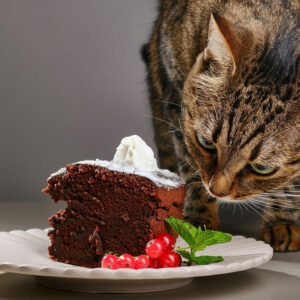
01
15 Human Foods That Are Safe and Healthy for Dogs
Pet parents leave no stone unturned to ensure their pet’s good health. Purchasing premium pet foods, pet-proofing the home, and taking their pets for vet visits are just some of the measures pet parents take to keep their pets healthy. Nutrition is one of the most essential aspects determining a dog’s general well-being. In addition to specific dog foods available on the market, certain human foods can also provide dogs with the required nourishment: Chicken Most dogs will surely enjoy a simple yet satisfying meal of boiled chicken and rice. Boiled chicken can serve as an excellent low-fat meal for dogs, providing them with their daily dose of protein and helping with muscle and bone health. However, eating chicken in its raw form is not advisable, as it can increase the risk of salmonella and other bacterial infections. It is also best to avoid adding spices and salt to the chicken meal, as these can result in digestive issues like diarrhea and vomiting. Plain boiled chicken, preferably with some boiled rice, is the best bet for a sumptuous meal for one’s pooch. Eggs Eggs are rich sources of protein, fatty acids, and vitamins A, B2, and B12, making them a healthy breakfast option for dogs. Free-range eggs are healthier than regular ones, as they have fewer saturated fats and cholesterol and more omega-3 fatty acids and vitamin A. Moreover, it is advisable to avoid feeding raw eggs to dogs and opt for boiled eggs without salt and spices. Fatty fish Fatty fish like salmon, tuna, mackerel, and herring are packed with omega-3 fatty acids, which are essential for a dog’s skin and coat. Fatty fish are particularly healthy for dogs with dry skin or who live in cold and dry climates. Boiled fish without salt and spices is the best way to serve fish to dogs.
Read More 










